Claudia Andujar: A glimpse of Yanomami life in the jungle
For more than five decades, Swiss-Brazilian photographer Claudia Andujar has devoted her life to photographing and protecting the Yanomami, one of the largest indigenous groups in Brazil.
The Yanomami live in the remote forest of the Orinoco River basin, in southern Venezuela, and around the Catrimani river in Roraima state, northern Brazil.
They hunt, practise small-scale slash-and-burn agriculture and live in small, scattered, semi-permanent villages.
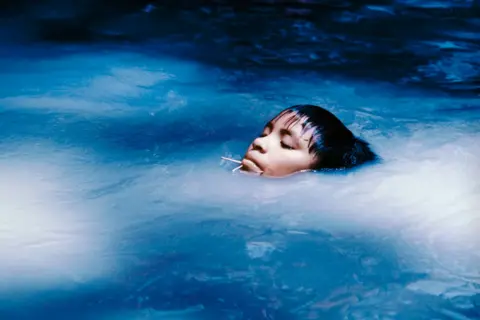 Claudia Andujar, courtesy Fondation Cartier.
Claudia Andujar, courtesy Fondation Cartier.
 Claudia Andujar, courtesy Fondation Cartier.
Claudia Andujar, courtesy Fondation Cartier.
Andujar was born in Switzerland in 1931 and grew up in Transylvania, Romania.
During World War Two, her father, a Hungarian Jew, was deported to Dachau concentration camp, where he was killed along with most of his relatives.
Andujar fled with her mother to Switzerland and then to the US before finally settling in Brazil, in 1955, where she began a career as a photojournalist.
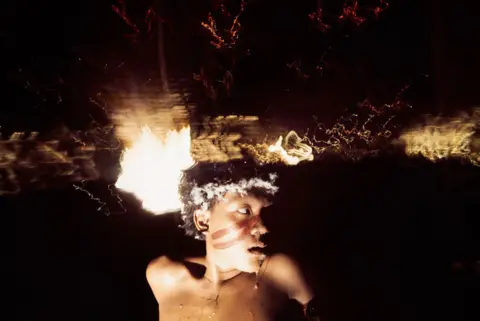 Claudia Andujar, courtesy Fondation Cartier.
Claudia Andujar, courtesy Fondation Cartier.
Her early photographs experimented with a variety of techniques, including using infrared film, petroleum jelly on the lens and lighting to create distortions and saturated colour.
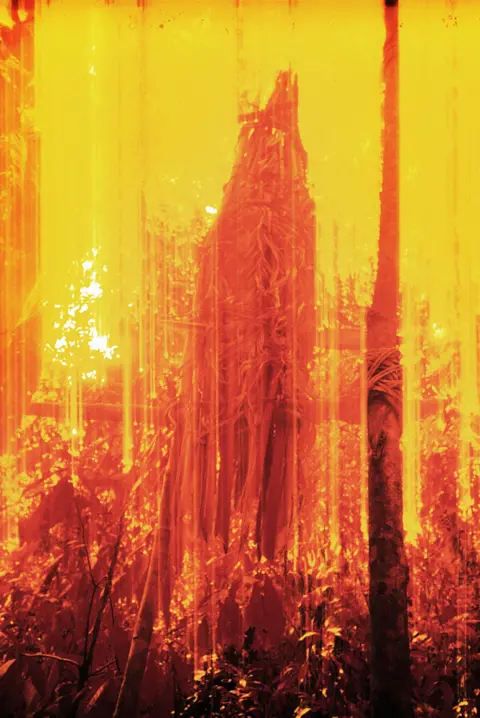 Claudia Andujar, courtesy Fondation Cartier.
Claudia Andujar, courtesy Fondation Cartier.
And she tried to capture the shamanic culture of the Yanomami by creating an alien, otherworldly view, rather than following a conventional documentary style.
 Claudia Andujar, courtesy Fondation Cartier.
Claudia Andujar, courtesy Fondation Cartier.
 Claudia Andujar, courtesy Fondation Cartier.
Claudia Andujar, courtesy Fondation Cartier.
The construction of the transcontinental highway in the Amazon, initiated by Brazil's military government, opened up the region to deforestation as well as invasive agricultural programmes.
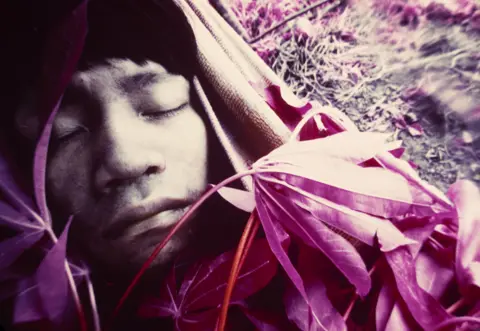 Claudia Andujar, courtesy Fondation Cartier.
Claudia Andujar, courtesy Fondation Cartier.
And the increased contact with outsiders brought the Yanomami epidemics of diseases to which they had no immunity, wiping out two entire communities.
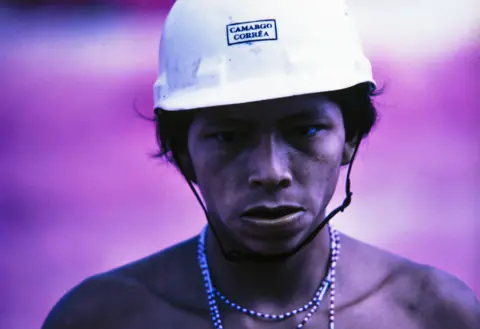 Claudia Andujar, courtesy Fondation Cartier.
Claudia Andujar, courtesy Fondation Cartier.
This situation reminded Andujar of the genocide in Europe and, in 1978, she became involved in a political campaign to create a tribal reserve for their homeland.
Setting aside her art project, increasingly she used photography to raise awareness and support the Yanomami cause.
Their land in Brazil was finally designated as an indigenous reserve, the Yanomami Park, in 1992.
 Claudia Andujar, courtesy Fondation Cartier.
Claudia Andujar, courtesy Fondation Cartier.
The exhibition Claudia Andujar, The Yanomami Struggle will be shown at the Fondation Cartier pour l'art contemporain, in Paris, until 10 May 2020.
All images copyright Claudia Andujar, courtesy Fondation Cartier
